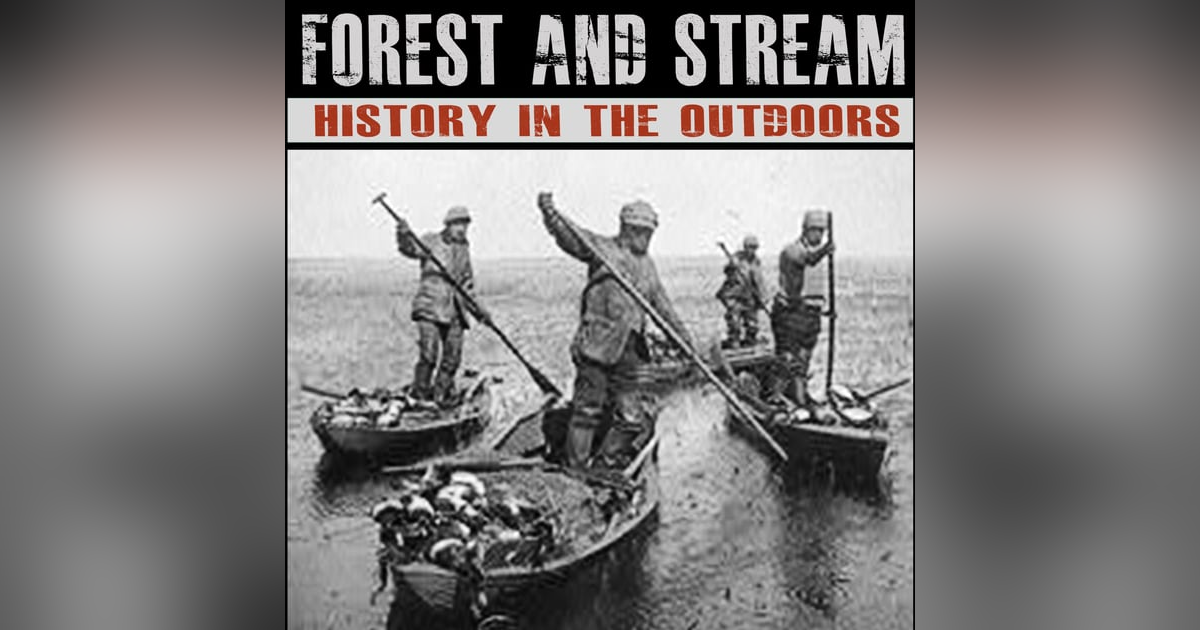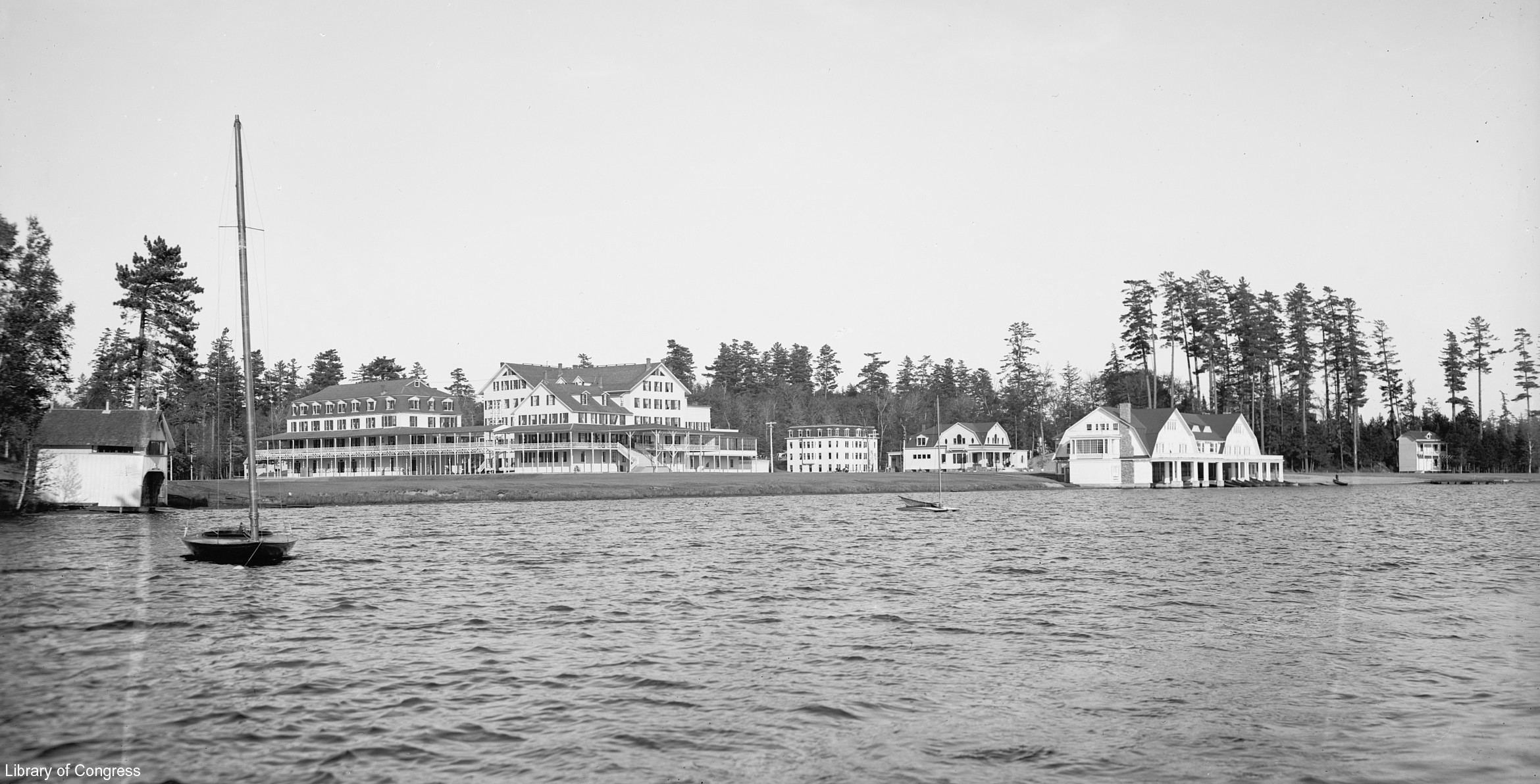Getting there...
OLD STAGE LINES, DRIVERS, AND ROUTES
For about thirty-five years, between 1855 and 1890, everything depended on the stagecoach. It carried the people, the parcels, the mail, and the news. Its coming and going was the event of the day, a ceremonial that even the busiest would seldom miss.
The passing by of the stage often marked the lapse of time along its route. The crack of the whip and the rumble of wheels replaced the clock in many a roadside home. The driver of the stage knew everybody. He carried messages and did errands. He brought medicine to the sick, and the cheer of friendly gossip to the lonely. But these men were not only kindly and good -natured; they were men of sterling parts, skilled in handling four to six horses, cool and resourceful in danger, hardened to fatigue and exposure. And they had need of these qualities, for their calling was no easy one.
The corduroy roads of those days were made to try men's souls. They were at best narrow and bumpy, full of treacherous holes, and thick with sand or deep with mud. The grades were steep; the curves abrupt. The men who drove their human loads from thirty to forty miles daily over them, in all kinds of weather and often after dark, without ever meeting with a fatal accident, obviously deserve more credit than a careless world is apt to give to routine merit.
(Alfred L. Donaldson, A History of the Adirondacks, The Century Company, New York, New York, 1921)
Paul Smith's Hotel was founded in 1859 by Apollos (Paul) Smith on Lower St. Regis Lake in the town of Brighton in what would become the village of Paul Smiths; it was one of the first wilderness resorts in Adirondacks. In its day it was the most fashionable of the many great Adirondack hotels, patronized by American presidents Grover Cleveland, Theodore Roosevelt and Calvin Coolidge, celebrities like P.T. Barnum, and the power elite of the latter half of the 19th century, such as E. H. Harriman and Whitelaw Reid.
For years the hotel was kept intentionally primitive, offering neither bellboys nor indoor bathrooms. It started as a seventeen room inn, though by the start of the 20th century it would grow to 255 rooms with a boathouse with quarters for sixty guides, stables, casino, bowling alley, and a wire to the New York Stock Exchange. It also had woodworking, blacksmith, and electrical shops, a sawmill and a store. Stagecoaches delivered guest to the hotel until 1912, when a short electric railroad connected it to the nearest main line.
(https://localwiki.org/hsl/Paul_Smith%27s_Hotel)
Paul Smith was the dean of pioneer guides and hotel men. He outlived them all, and outshone them all in success and popularity. The venture on St. Regis Lake that was to make him famous was a primitive house of entertainment in the most literal sense of the word, for every guest who went there was entertained, whatever else befell him. Reduced to its simplest terms, there is little doubt that the foundation of Paul's success lay in his wife's ability to cook a good dinner, and in his own to tell a good story. These were the rocks of patronage on which he built with exceptional shrewdness and remarkable foresight.
He gradually became a fad with people of wealth and fashion, and yet no man ever truckled less to either. He was no respecter of persons. He joked with a millionaire just as he did with anybody else. Perhaps the novelty of being treated like a man, instead of like a bank account, appealed to the millionaire. Something did, at all events, for he and his kind kept coming to the place in ever increasing numbers. Before long they began buying land and building palatial camps upon it, ' and Paul, of course, sold them the land, the lumber, and their supplies. So, gradually, a self contained industrial settlement grew up around the hotel, serving as a base for the spreading colony of campers on the adjoining lakes.
The hotel also grew by occasional additions to the original structure. But its lure for a long time remained largely psychic, and the material magnets of bathroom and bell boy were slow in coming especially the bell boy. This story is told of the early days. A guest had been manipulating for half an hour what he supposed to be a bell. Finally he went downstairs to air his grievance at headquarters. These he found to be on the front piazza. Paul, his chair tipped back against the clapboards of the house, one hand slightly raised in gesticulation, was drawling out one of his funny stories to expectant listeners. The irate guest butted in abruptly with his complaint. Paul was annoyed at having his climax spoiled, but concealed his annoyance.
“ What was it that you wanted ? ” he asked quietly.
“ I wanted some water," said the guest, hotly.
Paul immediately rose and went into the house. He reappeared with a pitcher which he handed to his guest. Then he pointed to something in the middle distance.
“ There's the pump,” he explained, “ go and help yourself ; and take all you want. There's plenty of water for everybody up here," and Paul went back and finished his interrupted story.
This was a typical incident. It breathes the spirit of the man and his place. No discourtesy was meant. Simply, direct methods prevailed. You either liked them, or you didn't, and Paul did not try to sway your decision. You either growled and left in a huff, or you laughed and stayed. Most people laughed and stayed ; and, what is more, they came back and brought their friends to taste the charm of the unusual.
... (as a young man) whenever Paul could get away from his canal duties, he would cross the lake and penetrate the Adirondack wilderness on hunting and trapping expeditions. He thus acquired an early and intimate knowledge of the region his personality was later to dominate. He used to make his headquarters at John Merrill's on Loon Lake, then the only house on or near it. Paul soon became a regular visitor there each autumn, and other visitors soon began creating a demand for his services as a guide and expert hunter. They also suggested that he build a place of his own , where true lovers of gun and rod might foregather for the finest hunting and fishing in the country.
Paul considered this, and made of the suggestion his first stepping stone to fame. In 1852, he bought two hundred acres of land near Loon Lake, for which he paid $1.50 per acre. On the north branch of the Saranac River, one mile from the lake, in a sheltered ravine, he built a home which he called “ Hunter's Home." It was very primitive. It consisted of one large living room and kitchen, with eight or ten thinly partitioned sleeping quarters overhead. No provision was made for ladies. It was strictly a man's retreat, but its patronage was select, largely doctors and lawyers of high standing in their home cities. They maintained a certain brotherhood reserve about the delights of their wilderness lodge; but the word was passed along to the elect, and novitiates were never wanting. The enterprise prospered from the first.
Board and lodging was $1.25 per day ; but it cost $ 2.00 a day to hire a guide. There was, of course, a bar on the premises, and it was run on the "pay as you enter" principle. In one corner of the living room stood a barrel of rye whisky. Fastened to it by a stout string was a tin dipper. The price of a drink was four cents, probably because nickels were not in general use at the time, and the consumer thereby saved a penny. To get a drink you placed four coppers on top of the barrel, and removed the spigot from near the bottom. That the bar paid under these conditions argues extreme moderation somewhere - either in the guests or in the whisky. This was Paul Smith's, the first phase.
The second and last opens in 1858.
On a Sunday afternoon in September of that year two hunters sat down to eat their
lunch on the shore of Lower St. Regis Lake, which was then an utterly wild and uninhabited spot. One was Paul Smith; the other Daniel Sanders, a well -known Boston lawyer. The latter had been a stanch devotee of the Maine woods, but the capable companionship of Paul had converted him to the Adirondacks.
As they sat eating and chatting, the lawyer said : “Paul, this is a lovely spot. Why don't you build a hunting lodge right here ?” Paul replied that he had no money for such a venture, and the talk drifted to other things.
The suggestion was lightly made and lightly taken. But somehow it stayed with Paul, and appealed to him more and more. After his return to Hunter's Home, he mentioned it to another friend and patron Dr. Hezekiah B. Loomis of New York. The latter became enthusiastic at once, as he and others who frequented Hunter's Home wanted Paul to build a place where they could bring their wives. He offered to advance the money if Paul would buy land on St. Regis and put up a comfortable hotel there. Paul needed no further urging. He took all the ready money he had three hundred dollars and bought fifty acres of land.
Then with money advanced by Dr. Loomis and secured by mortgage, he began the erection of the small hotel which has grown into the enormous structure of today. The original building contained seventeen bedrooms, and was considered rather luxurious for the time and the place. It was completed and opened in the summer of 1859, and soon became one of the best known and most amazingly successful summer resorts in the United States.
(Alfred L. Donaldson, A History of the Adirondacks, The Century Company, New York, New York, 1921)






